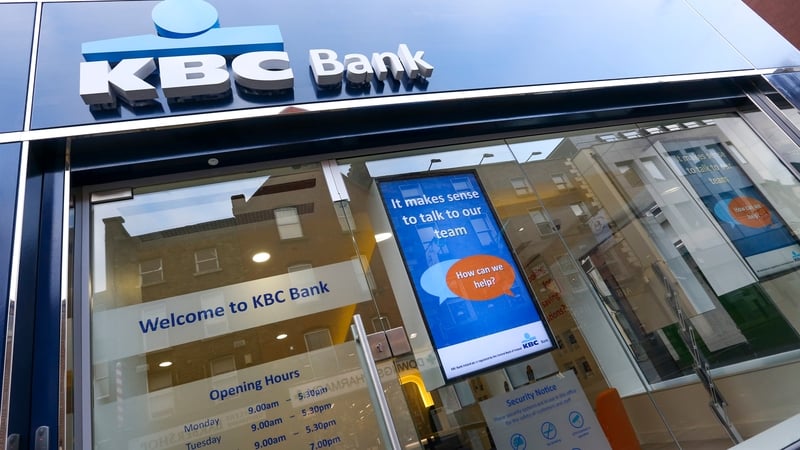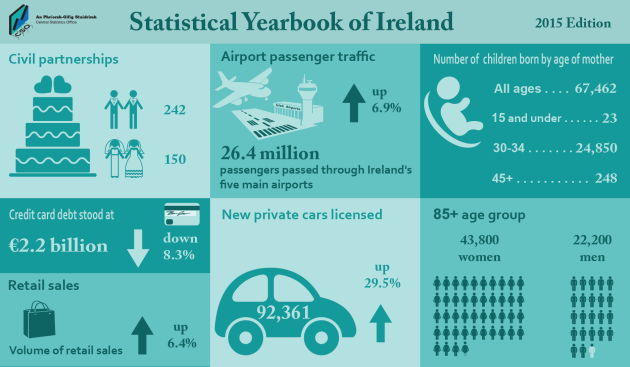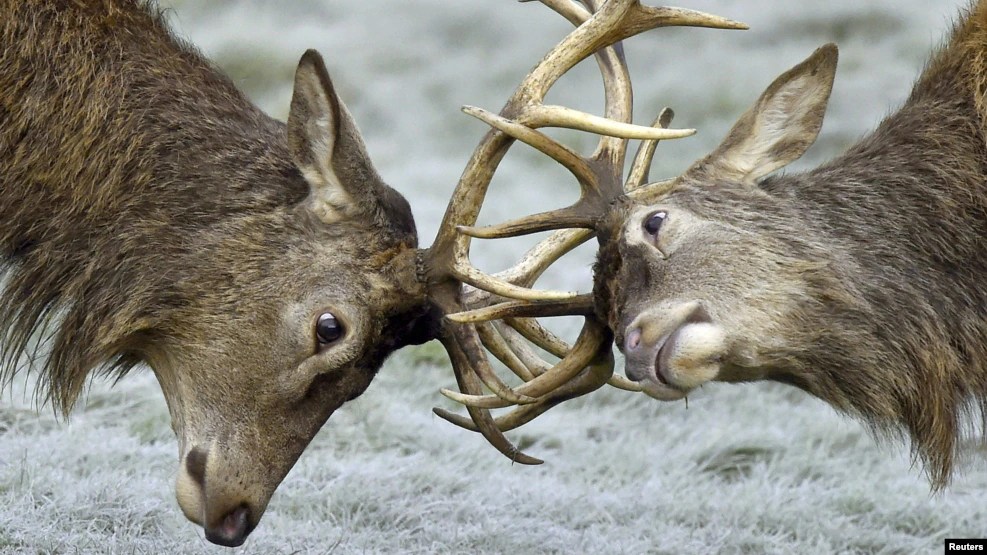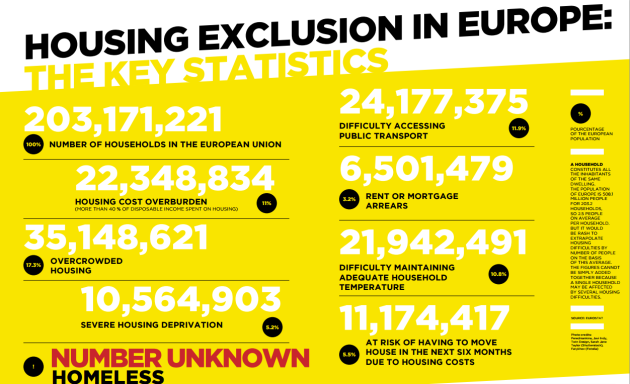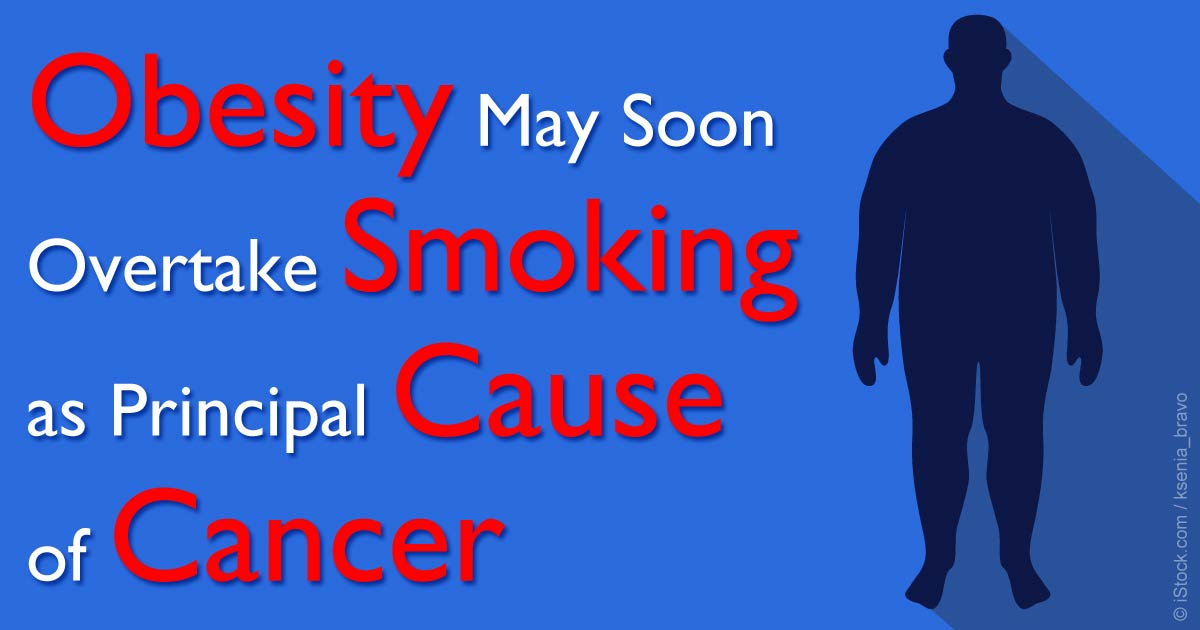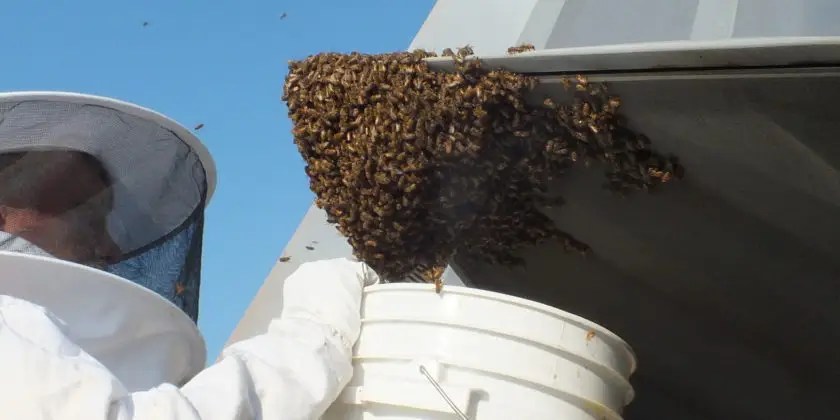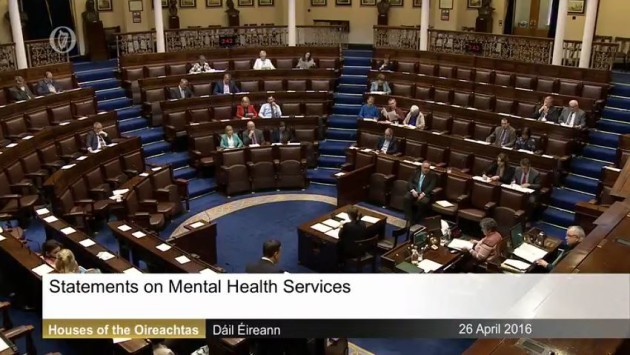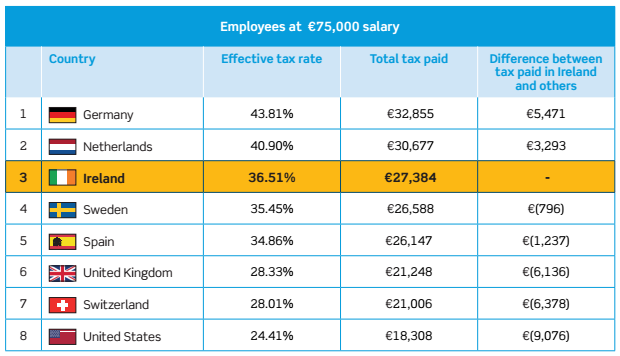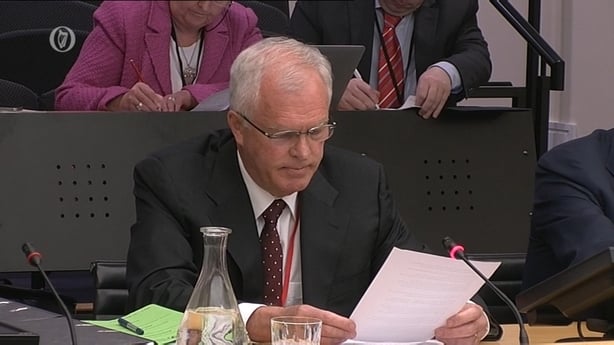Sunday 15th January 2017
Irish mortgage rates still nearly double the euro area average?
Variable rate holders continue to pay price for profligate bank lending during boom years


Irish mortgage interest rates remain nearly double the euro area average, according to data published by the Central Bank last Friday.
The weighted average interest rate on new mortgages, excluding renegotiation’s, was 3.38% in November, down 28 basis points year-on-year. The equivalent euro area rate was 1.72%.
Mortgage interest rates in Ireland used to reflect the main European Central Bank (ECB) lending rate, primarily because of the high proportion of tracker mortgages issued during the boom years.
The more recent divergence reflects the premium Irish banks have attached to variable rate mortgages issued since the start of the financial crisis.
Lenders here have resisted political pressure to lower their rates, insisting that lending into to Irish market represents a riskier proposition.
They also argue that Irish costs remain higher because of the higher funding costs they face as a result of the crisis.
Variable rates can rise or fall depending on wholesale interest rates, which are set by the ECB, though banks are not obliged to pass these changes on to customers.
Fianna Fáil is pushing for legislation that would give the Central Bank powers to cap variable mortgage rates, a move that is being resisted by the Central Bank and the Government.
The latest Central Bank data also show the volume of new mortgage agreements amounted to €548 million in November, bringing new agreements to €4.9 billion over the past 12 months.
Oxfam World report reveals ‘an obscene gap’ between the rich and poor.
Eight men’s wealth same as world’s poorest 50%, indicates study ahead of Davos forum



The gap between rich and poor is becoming increasingly large, with just eight individuals owning the same wealth as 3.6 billion of the world’s poorest people, according to new research.
A report from Oxfam, launched on the eve of the World Economic Forum in Davos, found that the poorest half of the world has less wealth than previously thought, due to new data emanating from China and India. This means that the eight richest men in the world are worth the same as the poorest half of the world’s population, according to wealth distribution data provided by Credit Suisse.
“It is obscene for so much wealth to be held in the hands of just eight men . . . particularly when one in nine people in the world go to bed hungry every night,” said Oxfam Ireland chief executive Jim Clarke. “A fundamental change in the way we manage our economies is required so they benefit everyone, not just a fortunate few. We need a global economy for the 99%, not just the 1%.”
More than 3,000 participants, including Taoiseach Enda Kenny, will descend on the snowy peaks of Davos, Switzerland, this week for the 47th World Economic Forum.
While the annual gathering has long been seen as a playground for the rich and powerful, the event this year is taking place against a background of resurgent populism and increasing public opposition to globalisation. This mood has been manifested in the election success of Donald Trump and the British vote to leave the European Union.
Although the US president-elect will not be attending the event, his inauguration as president of the US on Friday is expected to overshadow the summit. A number of sessions during the week are devoted to globalisation and the challenges posed by growing inequality and the question of wealth distribution. The theme of this year’s forum is “Responsive and Responsible Leadership”, a barely veiled acknowledgement of anxieties about the incoming regime in Washington and the series of elections scheduled to take place across Europe in 2017.
Xi Jinping Keynote address.
Among the most high-profile participants this year is Chinese premier Xi Jinping, who will deliver a keynote address on Tuesday. His presence marks the first visit to Davos by a Chinese leader.
British prime minister Theresa May will deliver a special address on Thursday morning, two days after she is expected to unveil details of her government’s vision for Brexit in a major speech.
British chancellor of the exchequer Philip Hammond will be in Davos on Friday, when he is expected to do a series of interviews and participate in a session titled “Britain and the EU: The Way Forward” with the former Italian prime minister and EU commissioner Mario Monti and others.
While more than 50 heads of state and government will travel to the exclusive Swiss ski resort, some of the world’s most senior banking and corporate executives will also attend the five-day event.
Among the economic heavy-hitters in attendance will be Jim Yong Kim, president of the World Bank, and IMF managing director Christine Lagarde, as well as senior executives from the world’s biggest banks, such as UBS, Goldman Sachs and Deutschebank.
One familiar face on the Davos circuit, the Goldman Sachs chief operating officer Gary Cohn, won’t be present this time. He’s likely to be busy preparing to become Donald Trump’s new chairman of the National Economic Council.
Senior officials from Trump’s transition team will attend the event, however, and are expected to hold a series of bilateral meetings with senior political leaders, including possibly Xi Jinping, on the fringes of the event.
Outgoing US vice-president Joe Biden will address the summit on Wednesday, while US Secretary of State John Kerry will also attend the forum, undoubtedly one of his final official engagements of the Obama presidency.
Gaybo (Gay Byrne) hopes for best in battle against prostate cancer?
‘He is doing well. The treatment is ongoing’

Left Pic. Broadcaster Gay Byrne, with wife Kathleen, right pic. the old, the middle & the new L.L.S. hosts. Gay remains positive despite being diagnosed with prostate cancer
Ireland’s most-loved broadcaster Gay Byrne is upbeat and positive as he comes to terms with his cancer diagnosis, telling the Sunday Independent: “The treatment continues and we hope for the best.”
Gay was his usual sanguine self as he talked about his illness – echoing the thoughts of millions of well-wishers up and down the country who hope for his return to the airwaves in full health.
Last November, with typical understatement, Gay revealed to shocked listeners on RTE’s Lyric FM the disheartening news that he was suffering from cancer.
“I shall not be with our listeners on this day next week. Have to go to hospital… They think they may have discovered a bit of cancer in the prostate and they think it may have moved up into my back.
“I’ve had the most wonderful, fantastic, robust, good health all my broadcasting life,” he said in usual breezy style during his enormously popular show on the classical radio station.
“It’s my turn now… many, many people much worse off. Thank you for your good wishes,” he signed off.
Now, nearly three months on, Gay is in the throes of cancer treatment, but he is tough and resilient and well aware that he is undergoing the same difficulties endured by so many who are touched by the disease in this country.
And he is aware that prostate cancer is very treatable and the chances of a favourable outcome are quite high.
In short, Gay is not feeling sorry for himself but ongoing medical treatment obviously interrupted the usual Christmas and New Year celebrations – a favourite time of year for the couple who were married in 1964.
“Everything is on hold while we do our best to look after Gay,” his wife Kathleen Watkins told the Sunday Independent yesterday.
“He is doing well. The treatment is ongoing. Do thank the many people all over the country who have been in touch,” Kathleen requested.
“We got all the notes and letters and cards. We read all of them. Thank you. Thank you to all those kind people.It’s so much appreciated.”
The broadcasting legend is being looked after by his devoted wife at their home in Ballsbridge and there is lots of help and encouragement from the family – as well as the good wishes of an entire nation.
Local Property Tax in Sligo has highest compliance rate of almost 97% in Ireland



There was a compliance rate of 96.8% with the Local Property Tax in Sligo in 2016 according to the figures just released by Revenue.
The national compliance rate is is estimated at 97% which is in line with previous years.
Revenue, which oversees its collection, say some €5.3 million was collected through the tax in county Sligo last year from almost 30,000 properties. Laois and South Dublin had the highest compliance rate in the country at 99.8%.
The vast majority of householders in County Sligo (43.8%) valued their homes in the lowest bracket of up to €100,000 with 32.1% valuing their houses up to €150,000 and 16.4 falling into the €150,001 to €200,000 category. Just 1.5% valued their homes at over €300,000 and a further 1.5% were in the €250,001 to €300,000 bracket. Approximately 42% of property owners self-assessed the same valuation band as the Revenue estimate and 58% of property owners self-assessed a different LPT valuation band compared to Revenue.
LPT Exchequer receipts in 2016 (at end December) are €463m. This includes approximately €50m in pre-payments for 2017 LPT as well as €70m in payments for 2015 LPT and earlier years. Exchequer receipts also include Household Charge (HHC) arrears. Revenue assumed responsibility for the collection of arrears of HHC from July 2013. By end 2016 in excess of €64m was collected (including nearly €8m in 2016) and over 360,000 additional properties are now HHC compliant.
For 2013, 2014, 2015 and 2016 Revenue issued 212,000, 148,000 and 324,000 and 300,000 compliance letters respectively. In the vast majority of these cases property owners fully complied with their LPT payment obligations, either on a phased basis or by way of a single payment. However, in each year there were a relatively small number of cases that chose to remain non-compliant,
Revenue say it left them with no alternative but to deploy debt collection/enforcement measures or other sanctions to ensure payment. Some 864 cases were referred to the Sheriff in 2016 and 40 cases to external solicitors for collection. Over 20,300 tax clearance requests were refused on foot of LPT non-compliance, of which almost 97% were subsequently granted clearance following mutually acceptable payment solutions.
Revenue deducted LPT from the salaries or pensions of almost 89,000 property owners last year of which over 49,000 ‘rolled over’ from mandatory deductions applied in 2015. Over 11,000 valuations were also increased in 2016 following Revenue compliance interventions.
The BT Young Scientist exhibition category winners
All the winners in each section of 2016 BT Young Scientist and Technology Exhibition



Right picture the overall BT Young Scientist & Technologist of the Year 2017 Shane Curran from Terenure College.
And above left picture:- Shay Walsh, managing director BT Ireland (left) and Minister for Education Richard Bruton (right), with Matthew Blakeney and Mark McDermott of the Jesus & Mary Secondary School, Sligo, runners-up at the BT Young Scientist & Technologist of the Year 2017 with their project Flint on the Moy?
The winners in each category of the 2016 BT Young Scientist and Technology Exhibition have been announced.
1st place Junior group Kinsale Community School, Impact of sound pitch on the biological gustatory perception mechanism, a quantitative comparative study between adults and children.
Biological and Ecological Junior Group Caoimhe Lynch , Sylvie Plant
2nd place Junior group Loreto College – Foxrock, Does Simulating a Lack of Binocular Vision Have An Impact on performance?
Biological and Ecological Junior Group, Jessica Oakley O’Kelly, Margot Moore, Jennifer Leavy
3rd place Junior group St Mary’s Diocesan School, 40 Licks ( trying to determine if being weaned onto certain foods as a baby can effect your development into a super-taster) Biological and Ecological Junior Group Seb Lennon Calum Agnew
1st place Junior individual Christ King Girls Secondary School, An investigation on whether cereal is a healthy breakfast option for Children Biological and Ecological Junior Individual Romy Kolich
2nd place Junior individual Bandon Grammar School, A novel approach to growing Nannochloropsis in a controlled environment and it’s subsequent ability to produce oil Biological and Ecological Junior Individual Gregory Tarr
3rd place Junior individual Sandford Park School Ltd, Time as a variable in bread production Biological and Ecological Junior Individual Oscar Despard
1st place intermediate group Loreto Secondary School – Balbriggan, Does consuming certain varieties of potatoes as a staple food in a diet, increase blood glucose levels & chance of high blood pressure and diabetes in a sample of Rush residents Biological and Ecological Intermediate Group Sophie Weldon Laura Weldon Emma Kleiser Byrne
2nd place intermediate group Tullamore College , Investigating The Difference In Bacterial Contamination When Handling and Using a Device to Insert Contact Lenses Biological and Ecological Intermediate Group Lucy Leonard Michele Mann
3rd place intermediate Group Avondale Community College, Biodegradable plastic pots to minimise the effects of transplant shock. Biological and Ecological Intermediate Group Ayyub Azmat Niall Gaffeny Christopher Makin.
1st place intermediate individual Ardscoil Ris ‘To Bee or not to Bee’: Investigating solutions to falling bee populations using a multifaceted problem solving approach. Biological and Ecological Intermediate Individual David Hamilton
2nd place intermediate individual Colaiste Choilm, Investigating the use of natural plants oils and extracts as an antiproliferative cancer agents. Biological and Ecological Intermediate Individual Aivan Jose
3rd place intermediate individual Bandon Grammar School, A comparison of foot biomechanics in sport playing and non-sport playing teens Biological and Ecological Intermediate Individual Alex O’ Connor
1st place Senior group Midleton College , Foal sickness containment and prevention Biological and Ecological Senior Group Cathal Mariga George Hennessy
2nd place Senior group Loreto Secondary School – Balbriggan, To investigate whether contrast sensitivity can be improved from regular exposure to action video games and the impact on everyday tasks on a teenager with myopia Biological and Ecological Senior Group Chloe Tap Dagmara Dobkowska
3rd place Senior group St Joseph’s Secondary School, Stimulating plant growth using electricity Biological and Ecological Senior Group Niamh McHugh Vitalija Janusonyte
1st place Senior individual Our Ladys College – Drogheda, The Antimicrobial Potential of Tree Bark Extracts Biological and Ecological Senior Individual Niamh Ann Kelly
2nd place Senior individual Coláiste Choilm, An Investigation into the Application of Symsagittera roscoffensis & it’s symbiont Tetraselmis convolutae in Neurobiology and Biotechnology. Biological and Ecological Senior Individual Con Moran
3rd place Senior individual Scoil Mhuire Strokestown , An investigation into the quality of effluent discharging domestic waste water treatment systems (septic tanks) and an apparatus to improve this. Biological and Ecological Senior Individual Abbie Moloney
1st place Junior group Synge Street CBS, Generalisations of Feynman’s Triangle Theorem Chemical, Physical & Mathematical Sciences Junior Group Carl Jones Keiron O’Neill
2nd place Junior group Synge Street CBS, New Conjectures Concerning the Partition Function Chemical, Physical & Mathematical Sciences Junior Group Talha Moktar Abdulrhman Abouryana
3rd place Junior group Sutton Park School, The design and testing of a safe drinking water system for developing countries Chemical, Physical & Mathematical Sciences Junior Group Xiangyu Carbon Mallol Méabh Scahill
A huge glacier crack in the Antarctic ice shelf widens dramatically
A huge chunk of Antarctic ice is hanging on by a virtual thread. At the edge of the West Antarctic Ice Sheet, a glacier is cracking from the inside out at an alarming speed. That’s scary because this glacier, and others like it, keep the ice from flowing into the sea, where it would raise sea levels by several feet.
The ice shelf in danger is known as Larsen C. British researchers who are monitoring the crack in this ice shelf believe that only about 12 miles now connect the chunk of ice to the rest of the continent. You can see more images of this ice crack here.
“After a few months of steady, incremental advance since the last event, the rift grew suddenly by a further 18 km [11 miles] during the second half of December 2016,” wrote Adrian Luckman in a statement from the MIDAS Project, which is monitoring changes in the area.
Luckman, a professor at Swansea University in Wales, and head of the MIDAS Project, is referring to a crack that has been growing for years and is now a total of roughly 70 miles long. When that fissure finally reaches the far side of the shelf, British scientists believe that an iceberg the size of Delaware will float off. The ice shelf itself is almost the size of Scotland, and the fourth largest of its kind in Antarctic. The piece that it is getting ready to break off is nearly 2,000 square miles in size.
It’s true that icebergs break off from ice sheets in the Antarctic on a fairly regular basis, but this one is especially significant because of its size, and because it shows that the ice retreat is happening farther inland than scientists had previously observed.
What Could Happen After This Break?
What will happen next? Scientists are uncertain. But the consequences of the break could be dramatic.
“When it calves, the Larsen C Ice Shelf will lose more than 10 percent of its area to leave the ice front at its most retreated position ever recorded; this event will fundamentally change the landscape of the Antarctic Peninsula,” said the MIDAS researchers in a statement about the rift.
The First Time In Over 12,000 Years and this could be part of a broader pattern for ice shelves.
It’s the latest sign of major ice loss in the fast warming Antarctic Peninsula, which has already seen the breakup of two other shelves in the same region, events that have been widely attributed to climate change. Larsen A collapsed in 1995, and much of Larsen B collapsed dramatically in 2002. Scientists have revealed that this is probably not something that has happened in the past 12,000 years or possibly, even more alarmingly, in more than 100,000 years.
So, Antarctica has lost ice shelves before, but none so huge as this one.
The iceberg resulting from this crack will not in itself raise sea levels, but if this ice shelf breaks up even more, that would have an impact on sea levels. Experts believe that if all the ice that the Larsen C shelf currently holds back entered the sea, global waters would rise by around four inches.
Antarctica is geographically a long way from most of us, but what happens there could be an indication of what’s happening with our planet Earth.
Is Climate Change To Blame?
The Project MIDAS group has not made any statement attributing the development at Larsen C to climate change, but has stated that the shelf would be “at its most retreated position ever recorded,” which suggests the possibility of climate change being the cause for this crack.
Previous research has also noted that the Larsen C ice shelf is becoming less thick, making it float lower in the water, which appears linked to the warming of the Antarctic Peninsula in recent decades.
Meanwhile, scientists wait for the anticipated break. Luckman told the BBC that “If it doesn’t go in the next few months, I’ll be amazed.”
But there are few certainties right now apart from an imminent change to the outline of Antarctica’s icy coast. “The eventual consequences might be the ice shelf collapsing in years to decades,” said Luckman.



